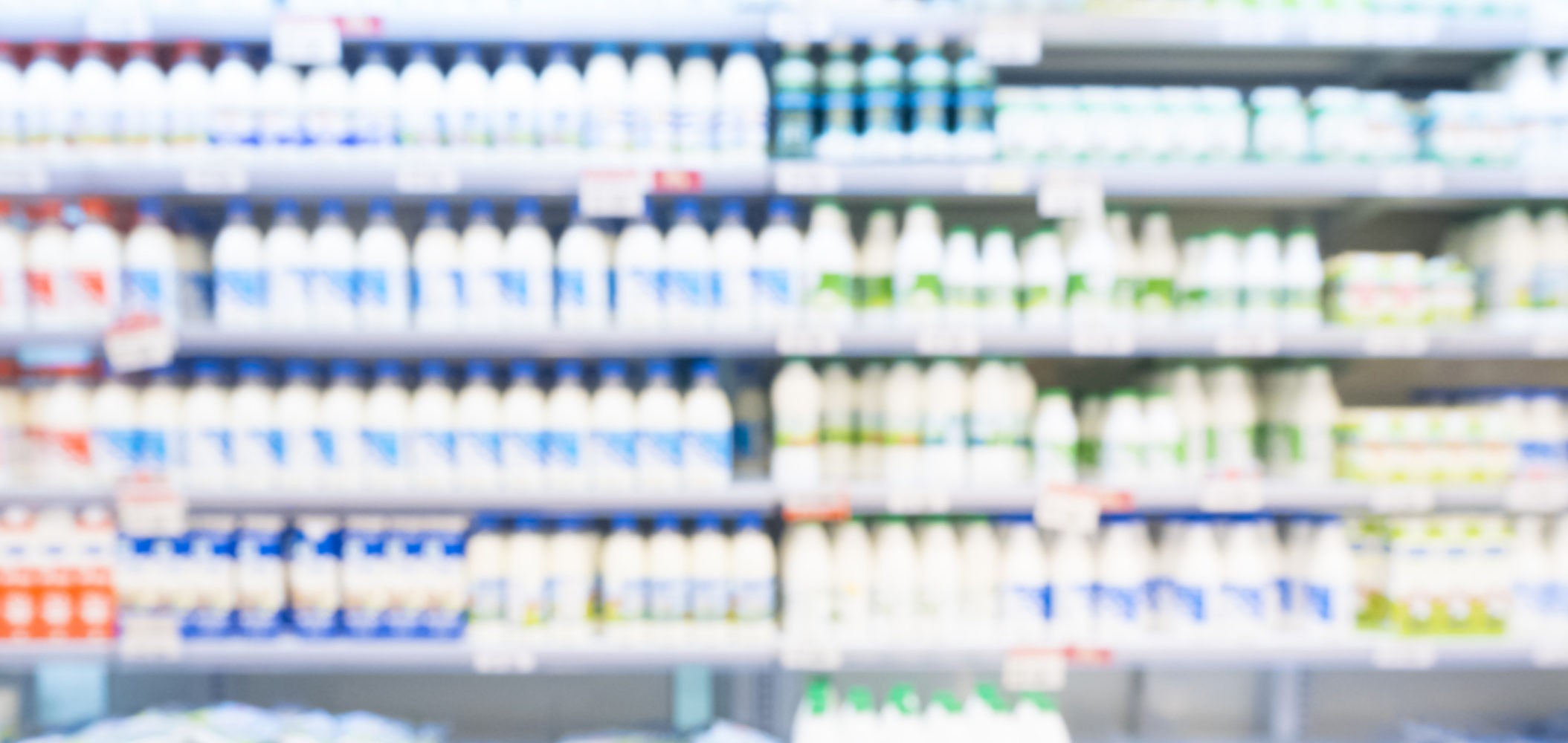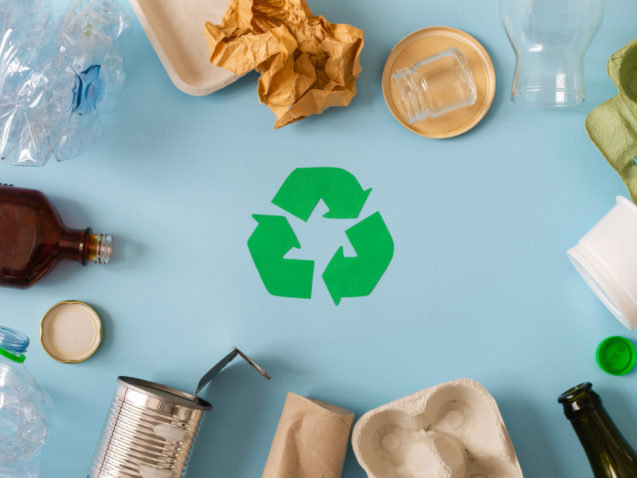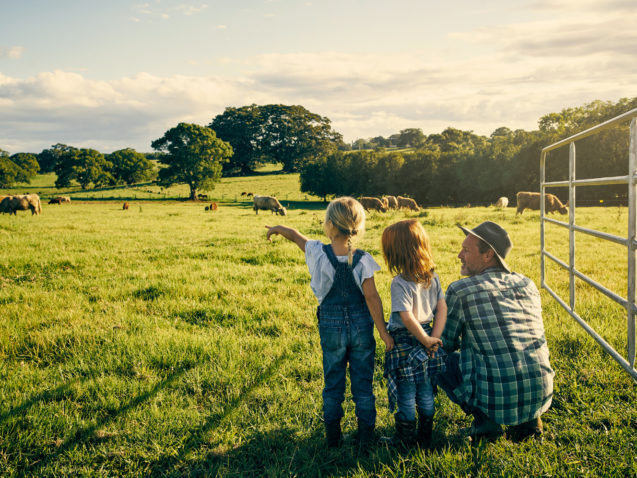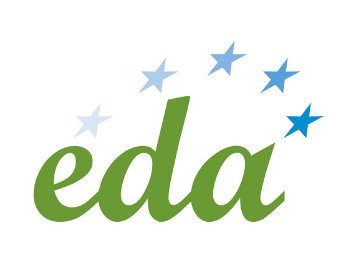Packaging is an integral and essential component of the food and drink value chain, from the production stage to the
consumption stage, and supports resilient and sustainable food supply chains.
The European Dairy Associations latest fact sheet illustrates the key role of packaging – designed to minimise its environmental footprint and following a circular economic model – throughout the dairy supply chain and in the consumers’ daily lives. The focus is on what drives the dairy industry towards specific packaging options, in particular regarding the choice of the packaging material.
Best practices
The dairy industry is involved in many initiatives to improve the environmental impact of its packaging and to find improved solutions for collection and recycling. Most dairy companies have targets on reusability, recyclability, composability, as well as recycled content, sorting and collection, design, and carbon footprint of packaging. The dairy sector aims to achieve the following steps:
Packaging recyclability: 100% reusable, recyclable or compostable packaging, and more than 50% of plastic packaging actually recycled
Carbon footprint: significant reduction in the carbon footprint of packaging
Recycled content: increases share of recycled content in packaging, where food safety and regulation permits
Recycling infrastructure: cooperate with municipalities and other external stakeholders to improve recycling systems
Food waste: help consumers reduce food waste through guidance and suitable packaging
Littering and marine pollution: cooperate with municipalities and other external stakeholders to avoid littering and reduce ocean plastic pollution
Sustainable design: work with suppliers and engage in research to find new more sustainable materials and improve the design of dairy packaging





